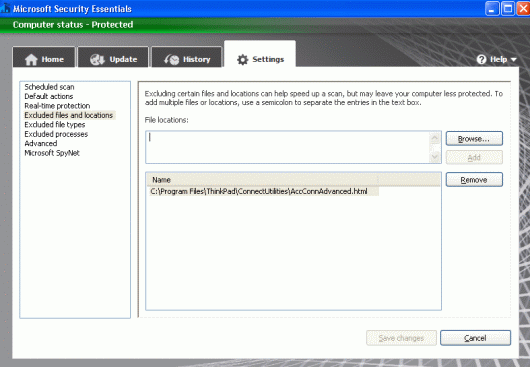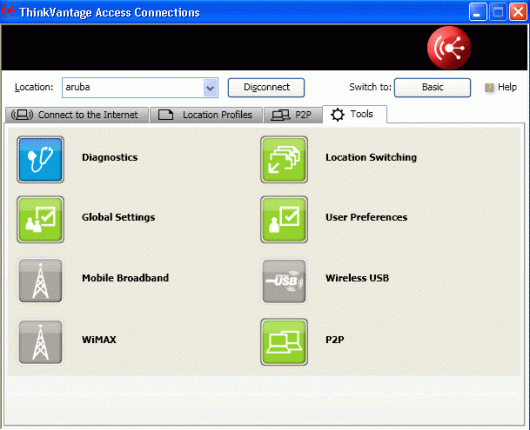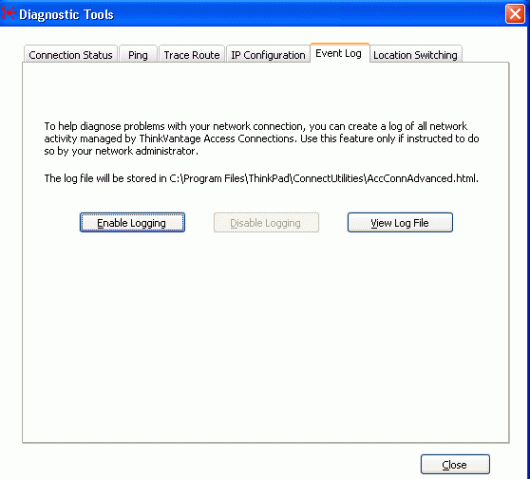This is a listing of file upload services for developers. They typically provide a front-end JavaScript module to embed the uploader on your site and a back-end service to receive the uploads. Some will also provide workflow and image processing services
- https://www.filestack.com/
- URL based image transforms including crop, resize, compress, etc.
- AI tagging, object regonition, OCR
- Store files on multiple services including S3
- Upload modal or dropzone
- Upload from device, Link, web search, Facebook, Instagram, Google Drive, Dropbox, etc.
- https://transloadit.com/
- Image transforms including crop, rotate, resize, etc
- Import/export to multiple services including S3
- Face detection
- Custom workflows using JSON
- tus.io protocol to resume uploads
- Uses and created Uppy as the client side uploader
- https://cloudinary.com/
- URL based transforms including crop, resize, rotate, text, shadow, etc.
- Face detection
- Upload modal or dropzone
- Upload notifications
- Third party upload sources including Dropbox, Facebook, Instagram
- Can store to S3
- Workflows
- https://uploadcare.com/
- Image operations including sharpen, crop, size, rotating, filters, etc.
- Face recognition
- Custom storage options including S3
- Select file or drag and drop
- Upload widget configuration page
- https://sendtomycloud.com/
- Use your cloud storage
- Minimal upload widget
- https://ospry.io/
- Basic upload service
Alternatively, you can use one of these JavaScript modules and build your own back-end to handle uploads or use AWS S3 with a Gateway-Lambda setup to sign upload requests.

































